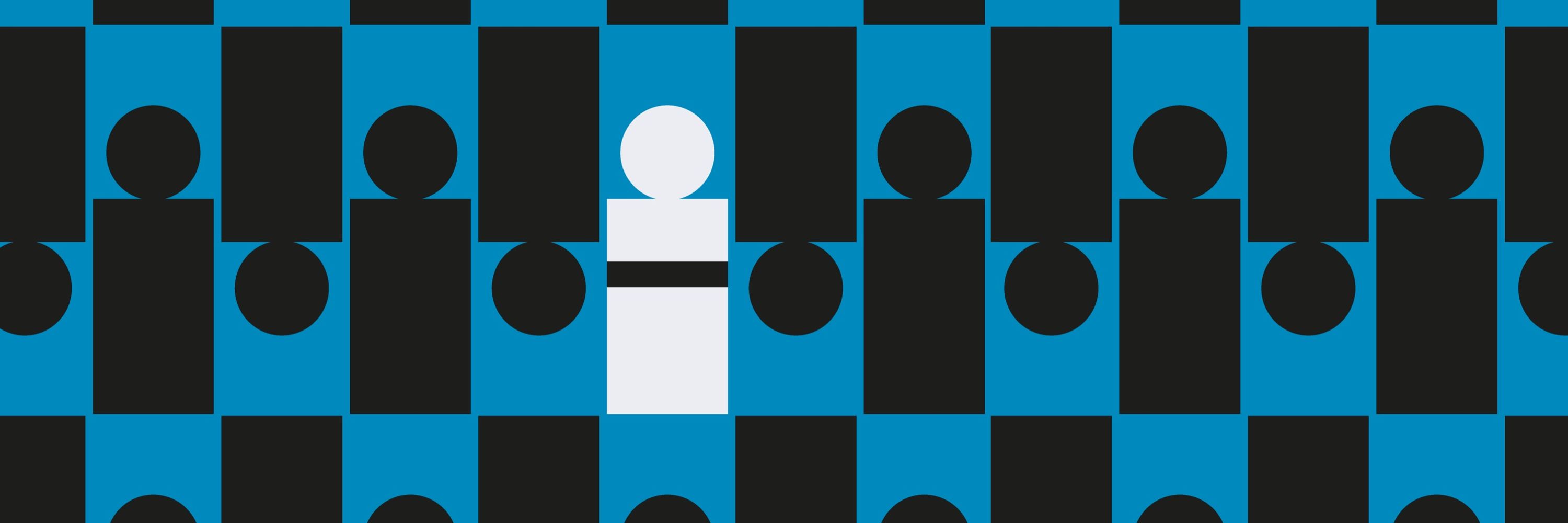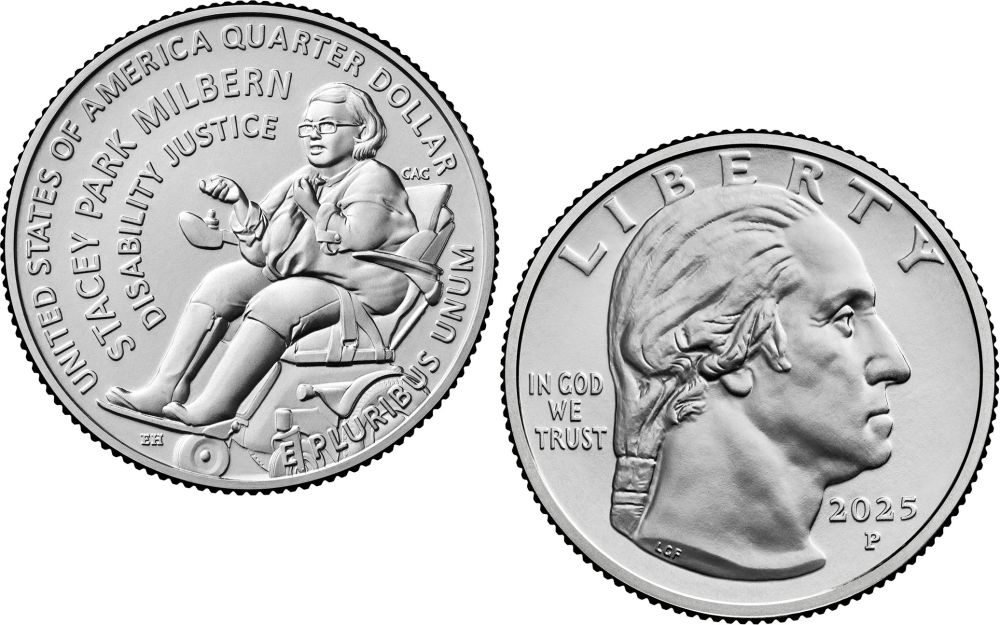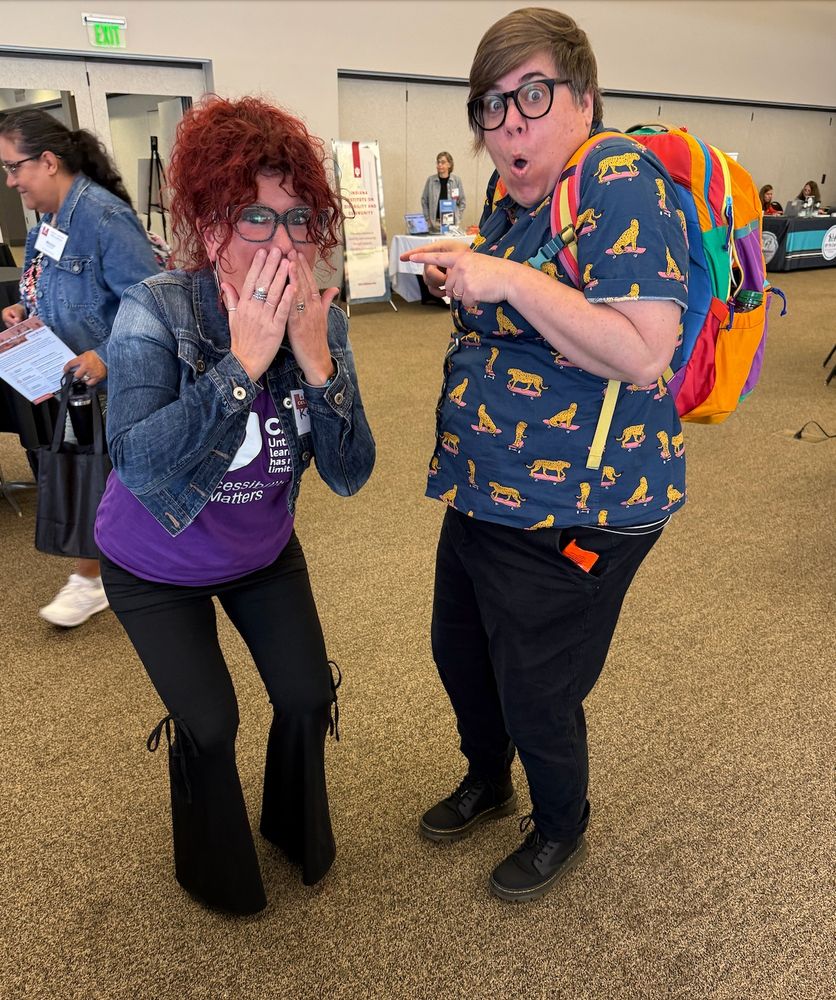
www.eventbrite.com/cc/getting-t...

www.eventbrite.com/cc/getting-t...
If you don't do podcasts, can watch on YouTube here www.youtube.com/watch?v=882d...
#OntEd #inclusion #autism
If you don't do podcasts, can watch on YouTube here www.youtube.com/watch?v=882d...
#OntEd #inclusion #autism


Bonus 4 me, after years of being virtual pals, @drshelleymoore.bsky.social & I finally got 2 hang in person & create som in-person shenanigans #EduSky #UDL #UDLchat #Inclusion @cast-udl.bsky.social



Bonus 4 me, after years of being virtual pals, @drshelleymoore.bsky.social & I finally got 2 hang in person & create som in-person shenanigans #EduSky #UDL #UDLchat #Inclusion @cast-udl.bsky.social
🗣️ Take the survey: bcombudsperson.ca/fairness-pub...
#BCEd #FairnessInEducation

🗣️ Take the survey: bcombudsperson.ca/fairness-pub...
#BCEd #FairnessInEducation


Here is your March content round up! We got a 5MM video, a podcast, an article, and discussion questions to guide your interest!
lnkd.in/gcPtU8gr

Here is your March content round up! We got a 5MM video, a podcast, an article, and discussion questions to guide your interest!
lnkd.in/gcPtU8gr
Have a listen!
podcasts.apple.com/ca/podcast/t...
Have a listen!
podcasts.apple.com/ca/podcast/t...
Great job at MiCEC!



Great job at MiCEC!
view.flodesk.com/emails/67bcf...
What to sign up for next months? sign up here:
carefree-salad-86440.myflodesk.com/xzn9s3febn
#inclusion#inclusiveeducation#Disability#education

view.flodesk.com/emails/67bcf...
What to sign up for next months? sign up here:
carefree-salad-86440.myflodesk.com/xzn9s3febn
#inclusion#inclusiveeducation#Disability#education
Theme: Inclusive Language Education • Thème : L’enseignement inclusif des langues
Read it here / Lisez-le ici : www.caslt.org/en/media/ref...
#langchat #langsky #edusky

view.flodesk.com/emails/67bcf...
What to sign up for next months? sign up here:
carefree-salad-86440.myflodesk.com/xzn9s3febn
#inclusion#inclusiveeducation#Disability#education

view.flodesk.com/emails/67bcf...
What to sign up for next months? sign up here:
carefree-salad-86440.myflodesk.com/xzn9s3febn
#inclusion#inclusiveeducation#Disability#education
5 MM Podcast Link: podcasts.apple.com/ca/podcast/t...
5MM Video Link: youtu.be/5IOGOE_qQfM?...

5 MM Podcast Link: podcasts.apple.com/ca/podcast/t...
5MM Video Link: youtu.be/5IOGOE_qQfM?...
Download the questions, script, and a supporting article here:
fivemooreminutes.com/inclusion-is...

Download the questions, script, and a supporting article here:
fivemooreminutes.com/inclusion-is...
Oh. And he’s so funny. 🤣

Oh. And he’s so funny. 🤣
5 MM Podcast Link: podcasts.apple.com/ca/podcast/t...
5MM Video Link: youtu.be/5IOGOE_qQfM?...

5 MM Podcast Link: podcasts.apple.com/ca/podcast/t...
5MM Video Link: youtu.be/5IOGOE_qQfM?...





